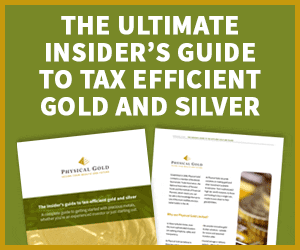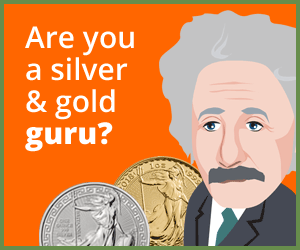Blog
How will the Autumn Statement affect investments in gold?
So was it a golden Autumn Statement or more a wintry outlook in terms of investments? How might investments in gold combat the chancellor’s policies?
On Wednesday 23rd November, Philip Hammond delivered his first and last Autumn Statement, having decided to restructure the timetable of financial statements in the future.
Uncertainty
The Chancellor’s speech certainly opened with positive news; the Government borrowed £4.8bn less than expected in October. The IMF had also confirmed that the UK would be the fastest growing major developed economy in the world this year and had demonstrated its resilience against recession despite the vote to leave the EU.
Contemplating gold investment? Read the 7 step cheat sheet to gold investing first
Nevertheless, there is still a ‘black hole’ in the nation’s finances with estimates of the amount needed to fill it ranging from £25bn to £100bn. In total, growth would be 2.4% lower because of the uncertainty caused by Brexit and Mr Hammond admitted that the forecast carried a ‘higher degree of uncertainty’ than previously.
Uncertainty is always a driving force for the gold price. While, as with any stocks and shares, the gold price will inevitably go up and down, it has been demonstrated over time that it remains a safe haven and ‘inflation-proof’. As a tangible asset, gold is a solid investment that you can pass to the next generation without it eroding in value.
Investments in gold as a Tax Efficient Saving method
The Chancellor also announced an increase in the tax free personal allowance to £11,500 and the higher rate threshold to £45,000. There was good news for savers with the announcement of a new bond through National Savings and Investments, with a fixed return of 2.2% for three years, limited to a maximum investment of £3,000 initially. While these are all welcome, the National Institute of Economic and Social Research (NIESR) has predicted that tax rises will almost certainly be needed to plug the gap in the deficit. All this highlights that gold remains a tax efficient way of saving with UK gold coins being VAT exempt and Capital Gains Tax free.
In terms of pensions, post-withdrawal contributions have been reduced from £10,000 to £4,000 annually to clamp down on those seeking ‘double tax relief.’ This affects over 55s who used George Osborne’s ‘pensions freedom’ to take cash from pension pots. With up to 45% income tax relief on SIPP investments in gold, pension gold is a sensible course of action to consider.
As predicted, the Chancellor stated that
investment in infrastructure would rise from its current 0.8% of GDP to between 1% and 1.2% from 2020 and confirmed an extra £1.3bn for the nation’s roads. There may not be plans to pave the streets with gold but this is certainly a much needed and welcome initiative!
Next Year
So what of the future? 2017 promises to be every bit as uncertain as 2016 has been. Brexit is on the horizon, President-Elect Trump will be sworn into office on 20th January and there will be elections in France and Germany. All these are likely to make the markets jittery. So while the Statement did not make specific reference to precious metals, maybe it’s worth considering adding gold and silver to add balance to your portfolio in these potentially volatile times and in time for next year’s Budget in March (before it moves to being merely a Spring statement!).




